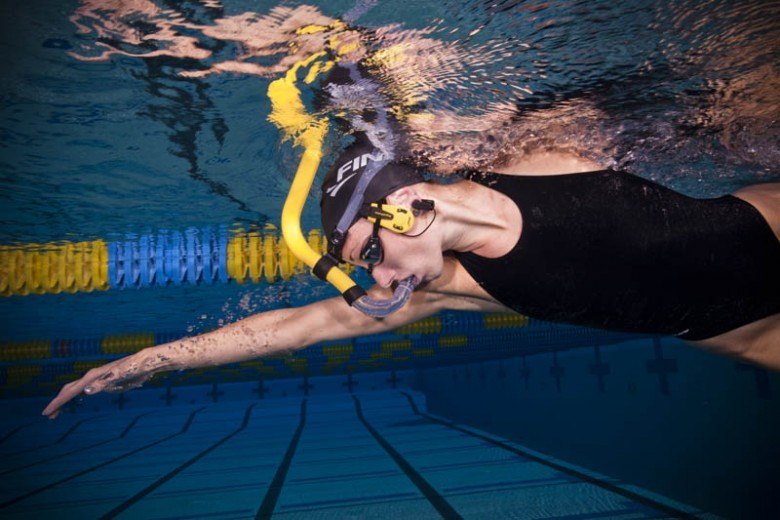Why is checking your heart rate crucial in swimming?
Heart rate is something that is important to monitor for athletes, especially competitive athletes. Not only is it good for people to know heart rates for their health, the human heart rate is a fantastic indicator of fitness level. For someone who wants to know the whole spectrum of their heart rate, start with the maximum heart rate. This is said to be the greatest rate at which your heart can work. Then there is your resting rate, which is the rate your heart works at zero activity. So you have your max and your resting rate, the goal now is to train somewhere in between there.
There are ways to calculating all of these rates. For resting rate, take a pulse when you are relaxed for six seconds, and then multiply that by ten. For max there are several ways to find this. The most common is to subtract your age from 220, so a 19 year olds max heart rate would be around 201. According to Web MD, this is less accurate for people over 40, so here is another formula to play with. Try: 208 – (0.7 X AGE), so a 40 year old would have a max of 180 beats per minute. There are a few things to realize before you take your heart rate and start comparing it to everyone else you know. The biggest one is that everyone’s heart rate is different; it can be higher or lower even for people with identical fitness levels, as well as these calculations are more accurate as generalizations but still can give a good idea of where your max is. For the purpose of exercise, 60 – 75% is going to be a good exercise for your body, while 75 – 85% is considered the aerobic intensity level where people actually lose weight.
Now that we have a good understanding of heart rates we can look at how to measure it. The most conventional way is to place your index and middle fingers over your wrist or neck and count the beats for six or ten seconds. Most of the time doing this manually isn’t exactly practical, so there are many devices out on the market. From chest straps to watches, there are dozens of monitors on the market. Although some of them work for swimmers, basically every single one of them just is not practical. It is difficult to check watches during a workout, and at that point you might as well just use your fingers.
 Web MD actually states that using a heart rate monitor can actually boost fitness levels. So what should you do? FINIS has the answer. The FINIS Aquapulse heart rate monitor straps to your goggles and uses an infrared sensor to read your ear rate through your ear, and verbally read it back to you underwater. It can be set to read out anywhere from every ten seconds up to five minutes. The Aquapulse gives the edge of concentrating on swimming and still gaining the advantage of knowing your heart rate.
Web MD actually states that using a heart rate monitor can actually boost fitness levels. So what should you do? FINIS has the answer. The FINIS Aquapulse heart rate monitor straps to your goggles and uses an infrared sensor to read your ear rate through your ear, and verbally read it back to you underwater. It can be set to read out anywhere from every ten seconds up to five minutes. The Aquapulse gives the edge of concentrating on swimming and still gaining the advantage of knowing your heart rate.
So whether you want to get in shape in the pool, or continue to rise to the top of the competitive world, give yourself the edge and get an FINIS Aquapulse heart rate monitor.
